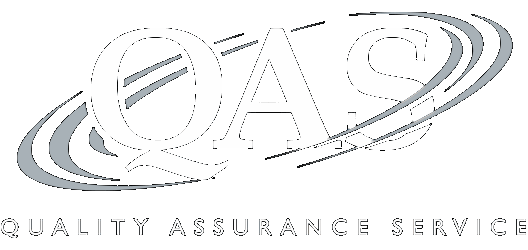PALs and NOLs in Trusts and Estates: Strategies to Maximize Utilization
Calculating Basis in Inherited Assets and Gifts Transferred With PAL Carryovers, Determining Material and Active Participation
Recording of a 110-minute CPE webinar with Q&A
This webinar will review the rules for deducting passive activity losses (PALs) and net operating losses (NOLs) by decedents, trusts, and estates. The panelist will point out key considerations when gifting assets with PALs or NOLs, demonstrate the participation rules as they apply to trusts and estates, and point out ways to preserve the deductibility of these losses upon transfer or death.
Outline
- Utilizing PALs and NOLs in trusts and estates
- PALs
- Decedent's
- Gifting assets with PALs
- Distributions of pass-through entity interests
- Other considerations
- NOLs
- Examples
- Best practices
Benefits
The panelist will cover these and other critical issues:
- Strategies to maximize utilization of PALs and NOLs in trusts and estates
- Calculating basis in gifts transferred with passive activity carryovers
- Determining material and active participation for activities held by a trust or estate
- When NOLs are and are not deductible by a beneficiary
- Filing requirements for trusts with passive activities
Faculty

Erin S. Fukuto, CPA, MST
Partner
Eide Bailly
Ms. Fukuto heads the firm’s estate, gift, and trust services. She specializes in income tax and estate planning... | Read More
Ms. Fukuto heads the firm’s estate, gift, and trust services. She specializes in income tax and estate planning with an emphasis on minimizing taxes, increasing corporate profits and individual net worth, and helping not-for-profit organizations maintain their tax exempt status. Her responsibilities include: partner in charge of trust, estate and gift tax services; individual, estate, gift and trust tax planning and compliance; corporate, partnership and business tax planning and compliance; providing advisory support, tax and compliance services to nonprofit organizations; and transactional and business succession planning. Ms. Fukuto has over 20 years of experience in public accounting.
Close-
CloseAccess Anytime, Anywhere
CPE credit is not available on downloads.
CPE On-Demand

